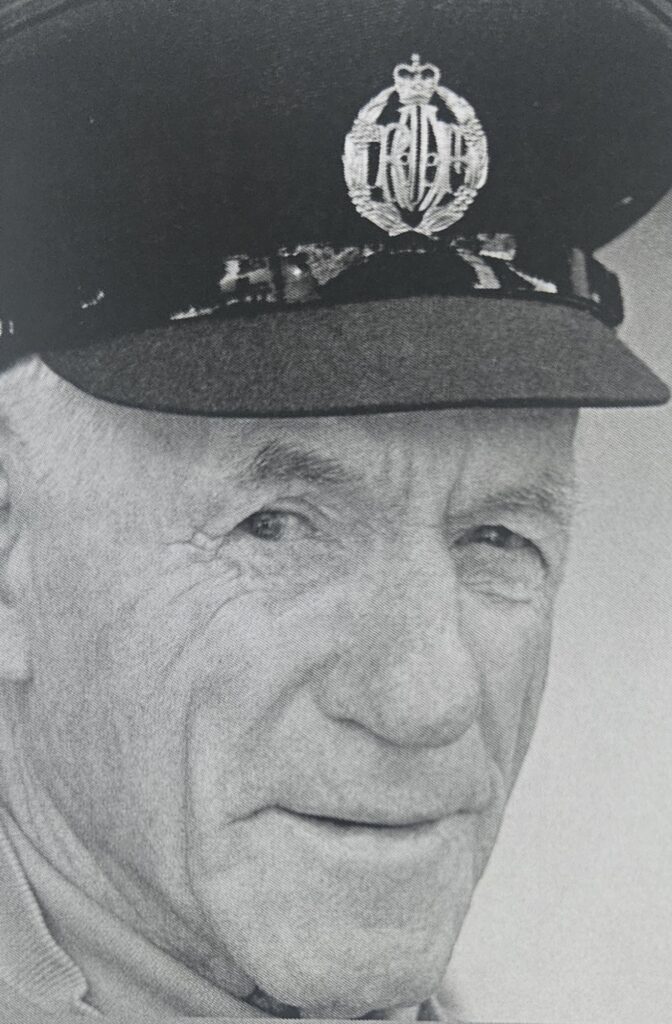
I lived in Inala for almost forty years, and my kids went to school there. But I first came to the area during WWII, when I was in the RAAF.
I was born in McLean, Northern Rivers on 10/5/1926. By 1944, I was working in Grafton, and a month before I turned eighteen, I received the letter from the authorities telling me to report for an Army medical. I already had four brothers in the Air Force, so I came to Brisbane to join up, and trained at Sandgate. (My twin brother joined up too, as soon as he was released from his railway work). I was sent to Unit 5TMO – Transport & Movement Office, who were stationed on Albion Racecourse.
In the Richlands Area 1944
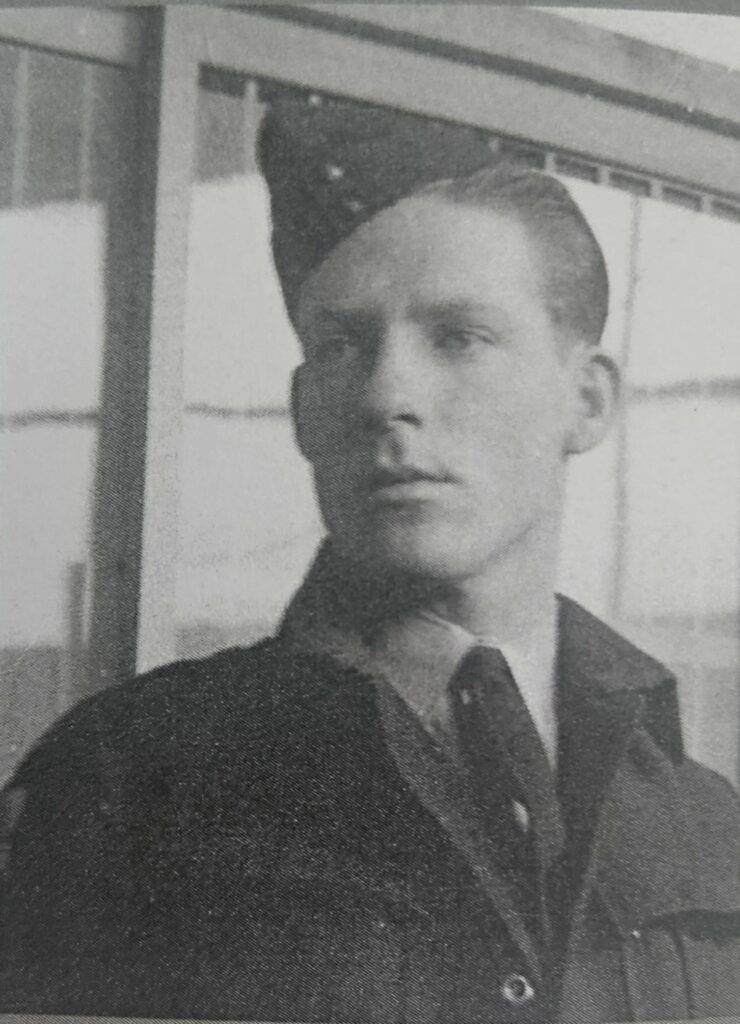
My job was to drive armoury – often 5001b bombs – and ammo, rockets, detonators etc. from the railhead to the ammo dump at Ellen Grove. This was not the American Darra Ordnance Depot but the Australian Air Force depot at Ellen Grove. It is now part of Greenbank, I think.
I would pick up the munitions from the Fairfield Road depot (known as “Clapham Junction”). The bombs were transferred from the incoming trains to our trucks by crane. Then we’d drive in convoy to the ammo -dump. It was way out in the bush, all I know is we turned off the made road about Wacol. Then we lined up waiting for the cranes to unload them. We often had to wait hours to be unloaded.
One day one of the drivers lost patience. He started up his truck, took it out of the queue to about thirty yards from the unloading, unstrapped his bomb; then reversed at speed. He braked hard – and the bomb shot off the back of the truck! His bomb was unloaded – and everyone in the vicinity took to the bush!
Only Ipswich Road was bitumened: we were so used to driving on unmade roads that we didn’t notice the state of the roads. Most roads were single lane, and in the city, we had to drive very carefully with the big loads – especially when passing trams. Most of the traffic was military – and a lot was American. Their vehicles were superior to ours – they had GMCs (General Motors Corporation) while we drove old blunt-nosed Chevs.
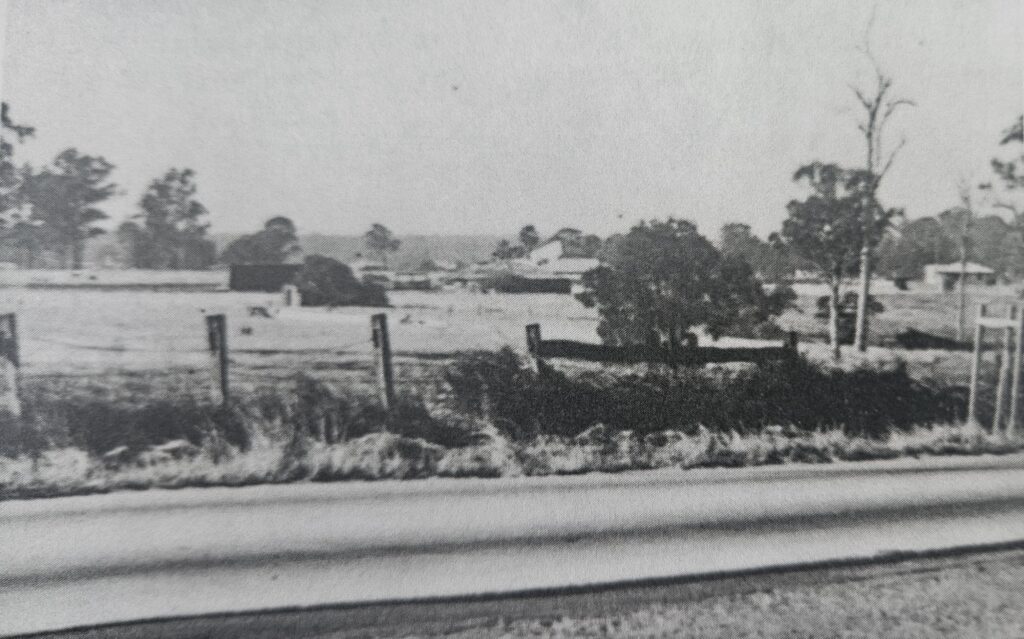
But I quite liked the Americans – they had “go” in them. They do today too – even if they claim to have invented everything (like the microchip).
Off Duty
Off-duty, I liked to go to the city. We would go to the pictures at the Tivoli and end up at a dance-maybe at the Railway Hall. I hated the jitterbug and jazz that the Americans introduced: I reckon if you are dancing you need to be able to put your arm around the girl and cuddle her.
When we had a leave pass, we of course wanted to go home, and for me that was Grafton. We could hitch a ride in the Courier Mail truck as far as the NSW border. But there was a high wire fence across the road at the border, and you needed a special pass to travel across. After I turned back there, I found it was best to hop a mail plane to Sydney and catch a train back to Grafton. The mail planes were big Beaufort bombers, with just a couple of passenger seats. So any extras would loll around on boxes and tarps or try out the bombardier’s bubble mounted under the plane.
I was sent north, south and all about, but I was in Brisbane on VP Day, and there were great crowds, noise and yelling: I was only nineteen, and I was glad it was over.
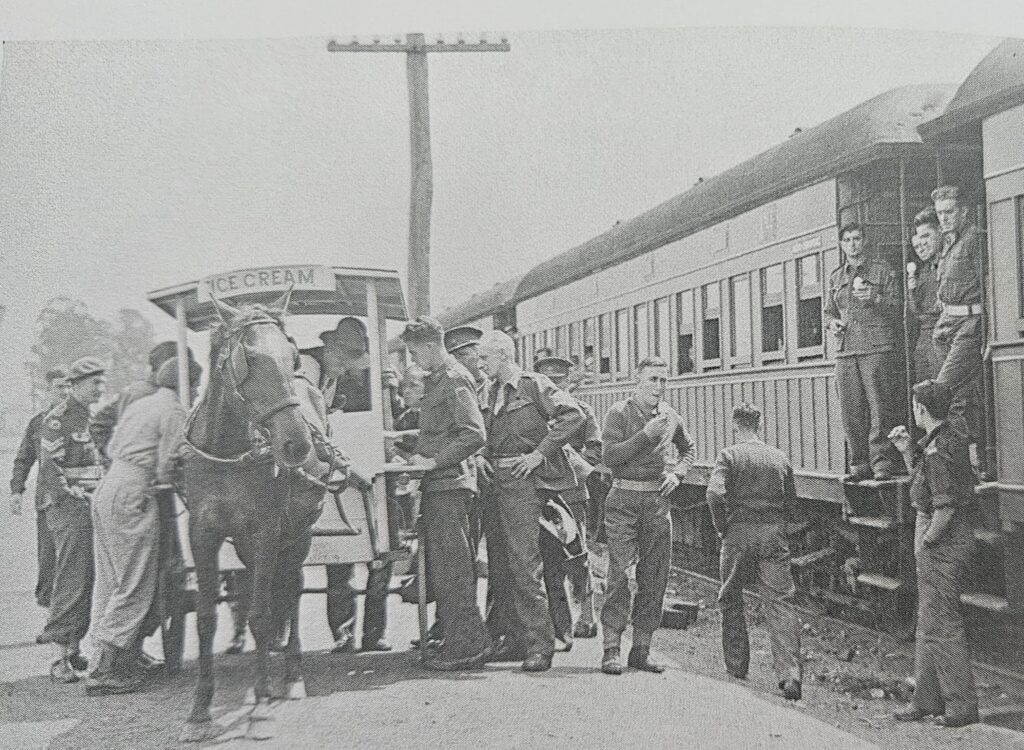
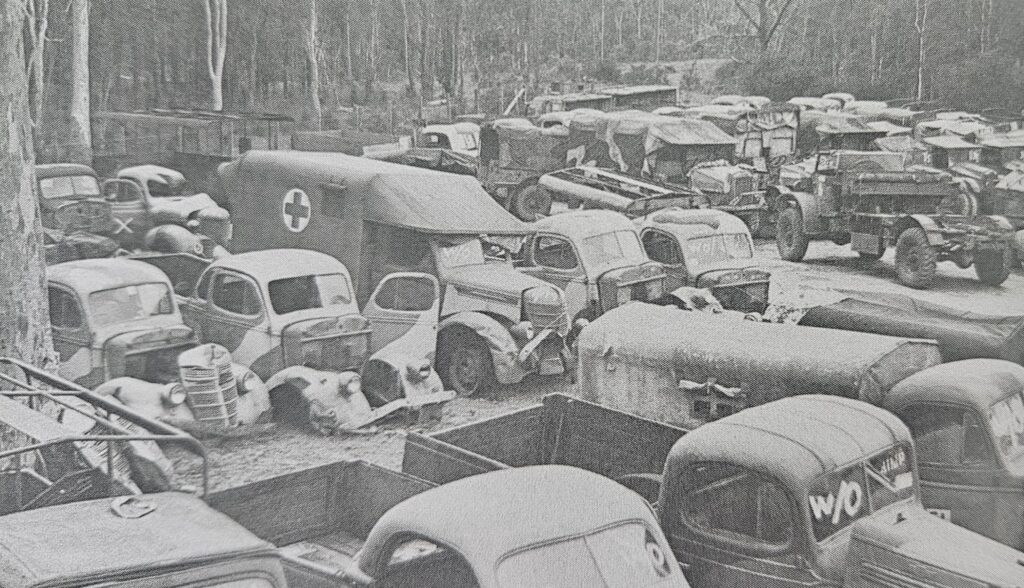
After the War
Demobbed in 1945, I returned to Grafton – because the government had promised that the soldiers’ jobs would be waiting for them. But I was told there was no opening – and lots of men got the same story.
The only thing to do was to rejoin the Air Force! And that is how I spent twelve months in Japan with the Occupation Forces (81 Fighters Wing). I travelled there on a DC3 – and I remember the pilot put the plane on autopilot and came back to play cards with us.
I was discharged in 1948, and married Norma (Agnes) in Lismore the same year. I came with my wife and family to Inala about 1962, and we stayed in our house at 2 Shellduck St (corner of Partridge) for forty years.
Soon after we moved in, I remember a report in the Courier Mail about a grader unearthing a bomb on Archerfield Road – this was about 1962-63. It brought back memories of the many bombs I had delivered to the area during the war.
